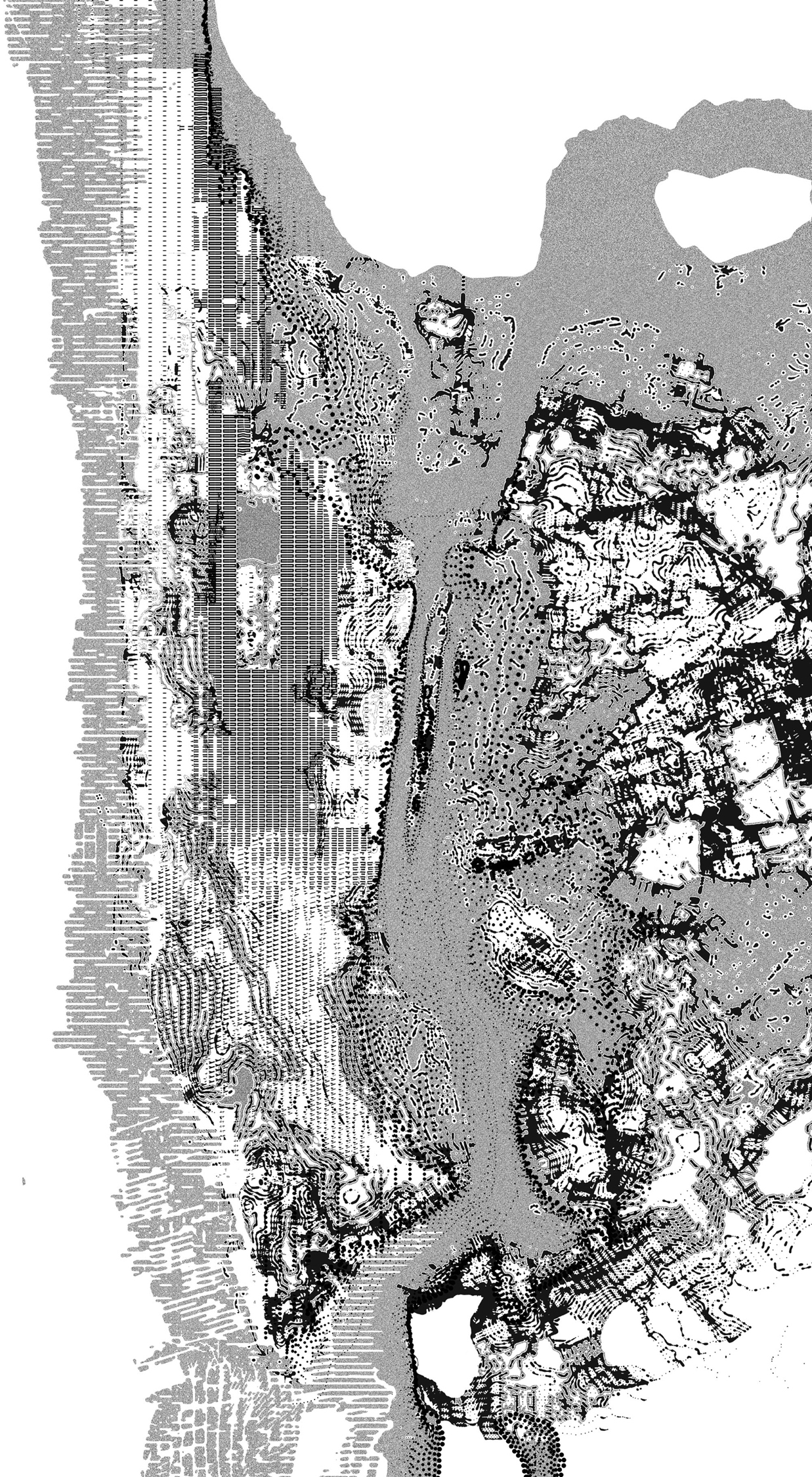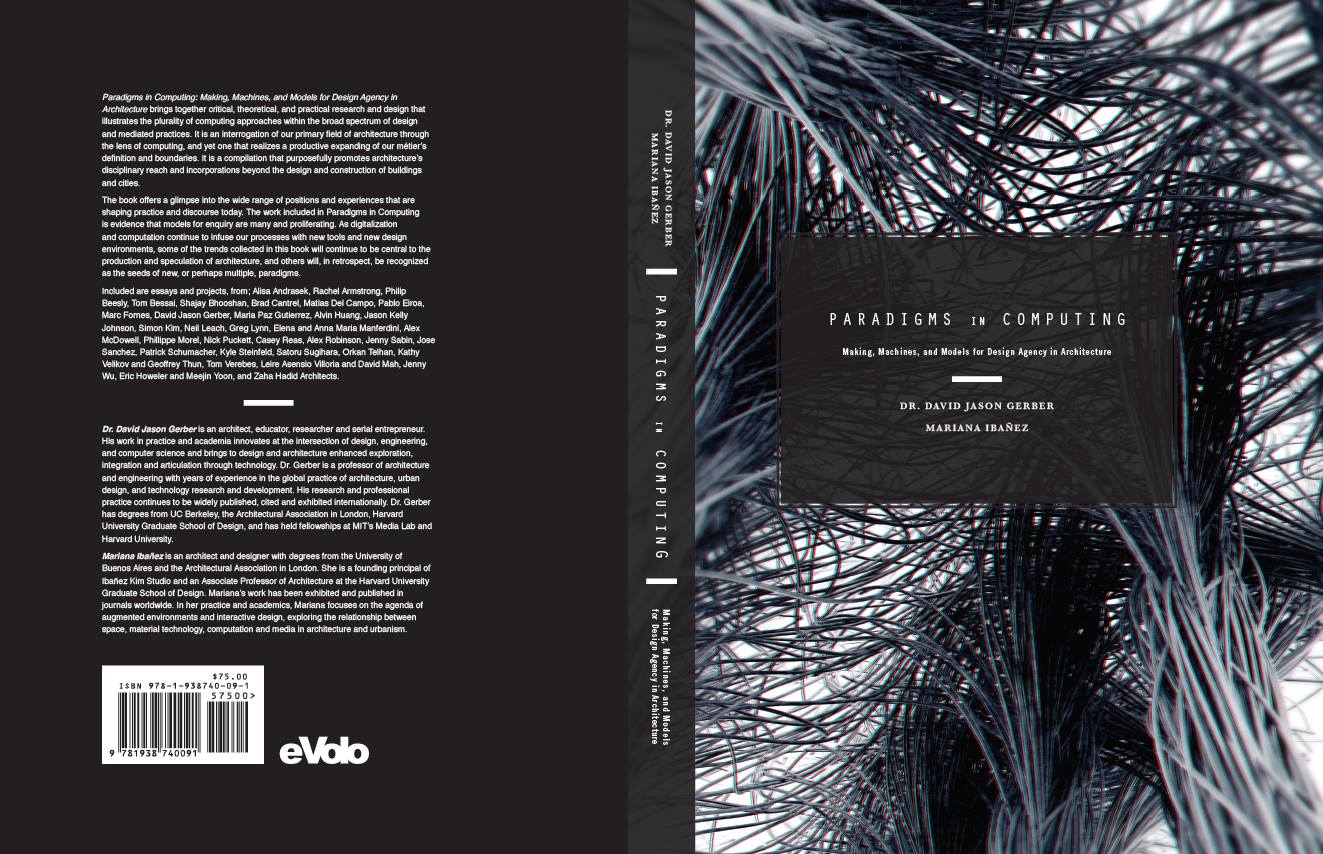
Arch 482B Master Program Technology
Seminar
Undergraduate Arch 177 Computer Design Seminar Elective
The School of Architecture
of The Cooper Union
Professor Pablo Lorenzo-Eiroa
Digital Interfaces: Structuring Fluid Territories
after Hurricane Sandy
According to some scientists we may have surpassed the point of
irreparable damage to our planet. At this
point, several scientists confirm that ecological balance may only
be achieved by artificial means. Hurricane
Sandy and other recurring storms have been activating debates on
ecology, discussing the role of artificial interventions in the
cities of the north east, bringing issues that can be associated
with New Orleans and the devastating force of Hurricane Katrina,
studied in this computer seminar back in 2006 and in 2013.
As a workshop, students were asked to study social, economical,
biological and ecological landscape-urbanism alternative strategies
for the systems of bays, rivers, shores and ports that surround New
York City, including its Upper and Lower Bay, the East River and the
Hudson River, through computer assisted simulations.
Mega-structural territorial scale visions for radical
interventions that affect the entire territory of the area that
surrounds New York City were studied by structuring natural feedback
exchanging information and energy.
This advanced course worked out relationships between the
architecture of the city and the structuring of the fluid
surrounding territory, studying form within time, fluid forces and
resistances through specific dynamic software tools. Mapping,
testing and working processes of sedimentation, erosion, and tidal
or hydraulic energy, were studied to extend the architecture of New
York City based on time, space and artificial ecology.
Strategies with algorithms relied on both analog and digital
interfaces.
Students:
JA Alonzo,
Yoonah Choi, Febe Chong,
Max Dowd, Daniel Hall,
Mabel Jiang, Anna Kramer,
Sehee Lee, Binhan Li,
Aisa Osako and Rosannah Sandoval
Research Published in:

